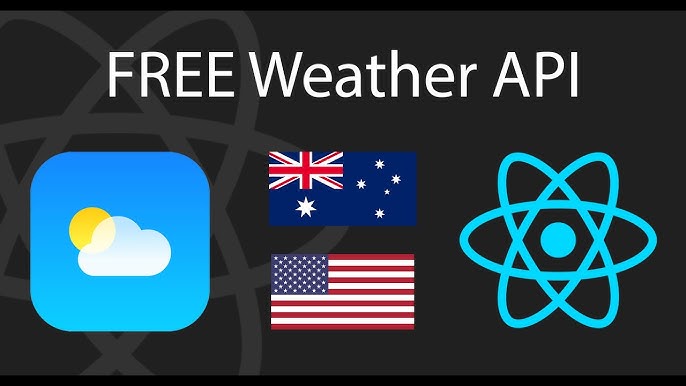In the fast-paced digital age we live in, access to accurate and up-to-date weather information is not only a convenience but often a necessity. Whether you’re a developer working on a weather-related app or a business owner looking to incorporate weather data into your operations, having reliable access to historical weather data and forecasts can make all the difference.
The Power of Historical Weather Data
Weather data is a treasure trove of information that can be harnessed for a wide range of purposes. Historical weather data, in particular, offers insights into past weather conditions, including temperature, precipitation, wind speed, and more. This information is invaluable for various industries, including agriculture, transportation, energy, and tourism.
Why Historical Weather Data Matters
- Agriculture: Farmers and agricultural businesses rely on historical weather data to make informed decisions about planting, harvesting, and irrigation. Understanding past weather patterns helps optimize crop yields and resource management.
- Transportation: Airlines, shipping companies, and logistics providers use historical weather data to plan routes, estimate travel times, and enhance safety by avoiding adverse weather conditions.
- Energy: Energy companies leverage weather data to predict energy consumption patterns, optimize energy production, and plan maintenance activities.
- Tourism: The travel and tourism industry depends on historical weather data to promote destinations, plan outdoor events, and provide travelers with accurate weather forecasts.
The Quest for the Best Weather API
When it comes to accessing historical weather data, a Weather API (Application Programming Interface) is your gateway to a wealth of information. However, with so many options available, how do you choose the best one? Let’s dive into the world of weather APIs and explore the top contenders for the title of the “Best Free Weather API” and the most reliable “Weather REST API.”
Criteria for Choosing the Best Weather API
Before we delve into specific APIs, let’s establish some key criteria for evaluating their suitability:
- Data Accuracy: The foundation of any great weather API is the accuracy of its data. Look for providers that source their information from reputable meteorological sources.
- Data Coverage: The best weather APIs should offer global coverage, ensuring you can access data for any location on Earth.
- Historical Data: If you’re interested in historical weather data, prioritize APIs that provide extensive historical records.
- Forecasting: Whether you need short-term or long-term forecasts, a robust weather API should offer reliable predictive capabilities.
- Ease of Integration: The API should be developer-friendly, with clear documentation and support for various programming languages.
The Contenders: Best Free Weather API Options
1. OpenWeatherMap
OpenWeatherMap is a renowned name in the world of weather data. They offer a free tier that provides access to a wide range of weather information, including historical data. Their API is well-documented and supports various languages, making it a top choice for developers.
2. Weatherbit
Weather Bit offers a comprehensive weather API that covers historical weather data, forecasts, and more. They provide a free plan with limited requests per day, making it suitable for small-scale projects.
3. ClimaCell (Now Tomorrow.io)
ClimaCell, now known as Tomorrow.io, specializes in hyper-local weather data. While their free tier has limitations, it’s worth considering if you require extremely detailed weather information.
Exploring Weather REST APIs
If you’re looking for RESTful APIs to fetch weather data, here are a few notable options:
1. Weatherstack
Weatherstack offers a user-friendly REST API that provides real-time and historical weather data. Their extensive documentation and affordable pricing plans make them a strong contender.
2. WeatherAPI
WeatherAPI is another RESTful option that offers historical weather data. Their straightforward API structure and competitive pricing make them a viable choice for developers.
Conclusion
In the quest for the best weather API, your choice should align with your specific needs. Consider factors like data accuracy, coverage, historical data availability, and ease of integration when making your decision. The contenders mentioned in this guide offer excellent options for developers and businesses alike.
So, whether you’re a developer building a weather app or a business owner seeking weather insights, the power of historical weather data is at your fingertips. Choose the best weather API that suits your requirements and unlock the potential of weather data to enhance your operations.


No comments yet